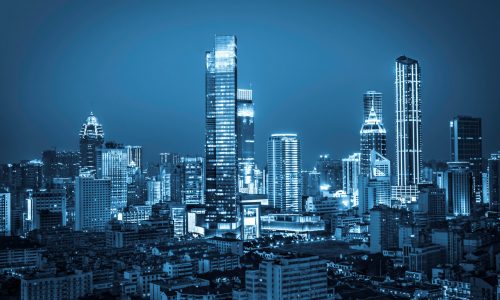Energy efficiency and zero-emission transportation are two key aspects that underpin the drive to create climate-friendly cities. Building and designing urban infrastructure to be energy efficient is the current challenge for local governments. There is no one-size-fits-all way to achieve energy self-sufficiency, one must look for an individual solution tailored to one’s needs.
Green energy and energy self-sufficiency
A way to achieve energy efficiency is to use renewable energy sources, such as photovoltaics and heat pumps. Photovoltaic panels generate electricity from solar radiation. Heat pumps extract thermal energy from the environment: water, ground or air, and the heat produced is used to heat buildings or produce hot water. Other popular sources of renewable energy are wind turbines, geothermal, hydropower and biomass.
Urban self-sufficiency in energy means that a city should produce enough energy to meet its energy needs and even transfer the surplus to the power grid. In this way, the city becomes green, stable and economical, and ensures greater energy independence.
Zero-emission transportation
The city’s fleet of vehicles should be all-electric or hydrogen-powered, so as to be zero-emission and reduce environmental impact. Public transportation networks should be expanded in cities, which should encourage the use of public transportation.
Climate change
Managing and investing in appropriate climate solutions is key to making cities more resilient to the effects of climate change. Adaptation of cities requires its own tailored plan and financial investment. Supporting these efforts are government and EU programs that facilitate the financing of projects related to environmental protection and the prevention of climate change impacts.
The challenge for local governments is to achieve zero-carbon cities in 2050, and cities such as Copenhagen, Amsterdam and Helsinki are already seeing the changes taking place. Most of the homes there are heated thanks to heat pumps, and the public transportation fleet is all-electric. These cities have extensive infrastructure to promote sustainable transportation.
Summary
The pursuit of energy efficiency, zero-emission transportation and adaptation of cities to climate change is the right direction to improve living conditions. Achieving these goals requires the involvement of all stakeholders – local authorities, residents and business representatives.





